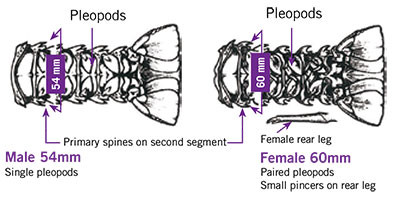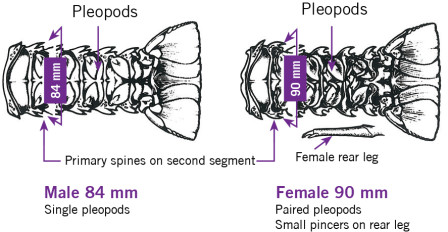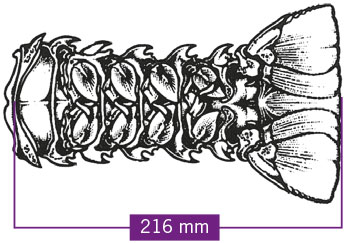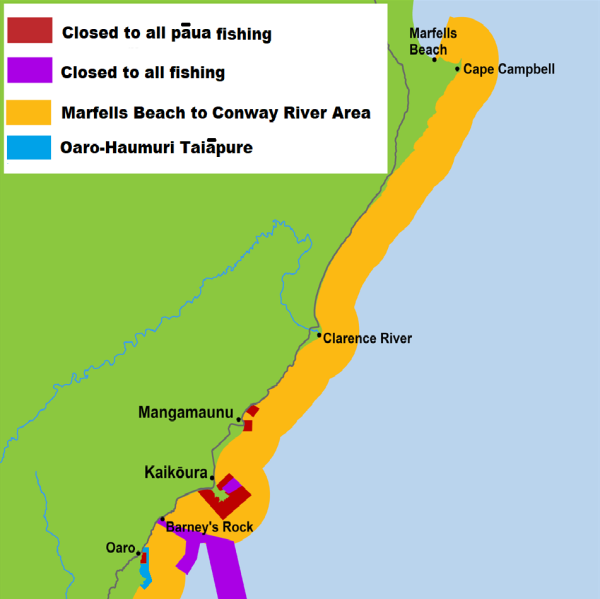About the Kaikōura fishing area
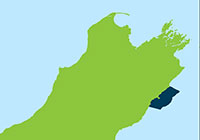
This area is within the South-East fishing area but has different rules. It covers the waters from Clarence Point to the mouth of the Conway River, out to a distance of 12 nautical miles.
This page has the rules for:
- size limits
- catch/bag limits (how many fish or shellfish you can take each day)
- closed areas (where you cannot fish)
- special restrictions.
All recreational fishing is covered by the rules. This includes potting, netting, and all other fishing methods.
Remember, if you're a recreational fisher, selling any fish or shellfish you catch is illegal.
How to check the rules
You can find a summary of the size and catch limits, closed areas, and special restrictions further down this page.
Size limits, catch/bag limits, closed areas, and special restrictions
You can also use the free NZ Fishing Rules app, check rules in our brochures, or text us. You'll also see signs about rules at many fishing spots.
Download the free NZ Fishing Rules app
Mac App Store for Apple devices
Google Play for android devices
Or free text "app" to 9889 to be sent the links to your phone. After you install it, the app will work without an internet connection.
Get a brochure
Download the rules brochure [PDF, 2.1 MB]
Visit a Fisheries New Zealand office
Use our free text service
Send a free text to 9889 with the name of a species.
For example, text "blue cod" or "pāua" to 9889. You'll receive a text with legal bag and size limits for that species.



